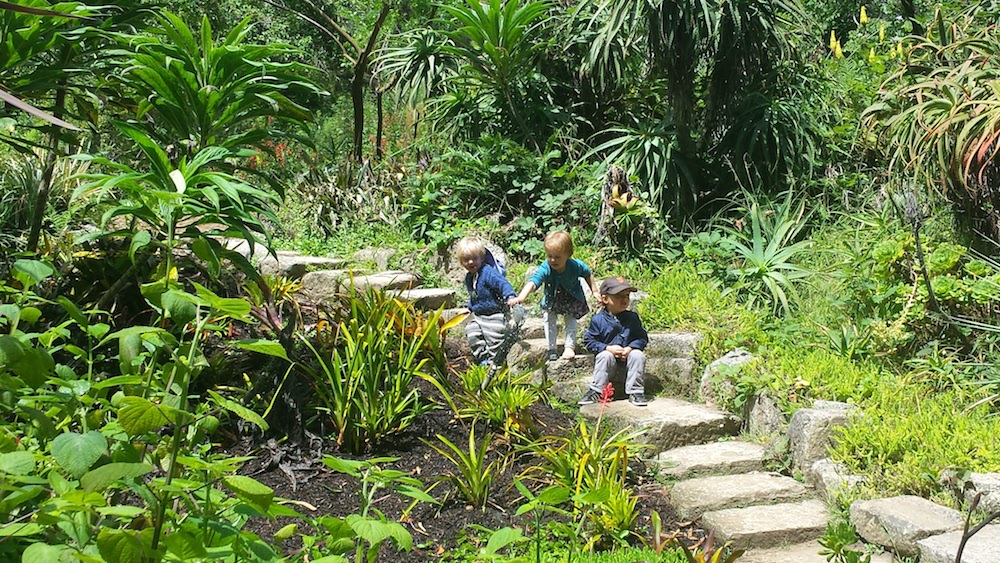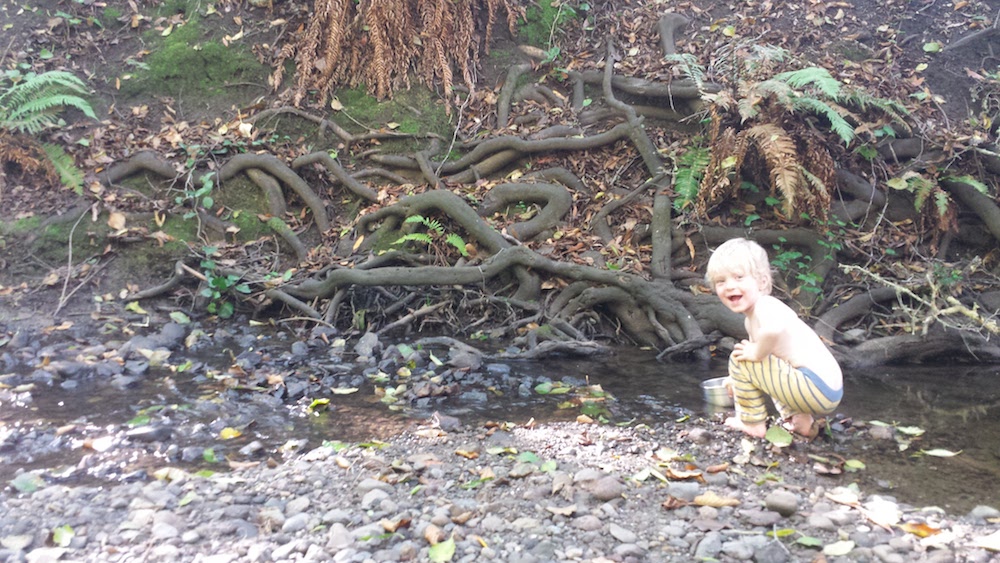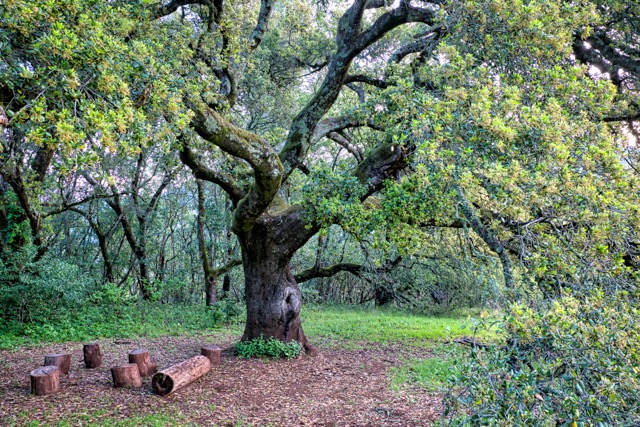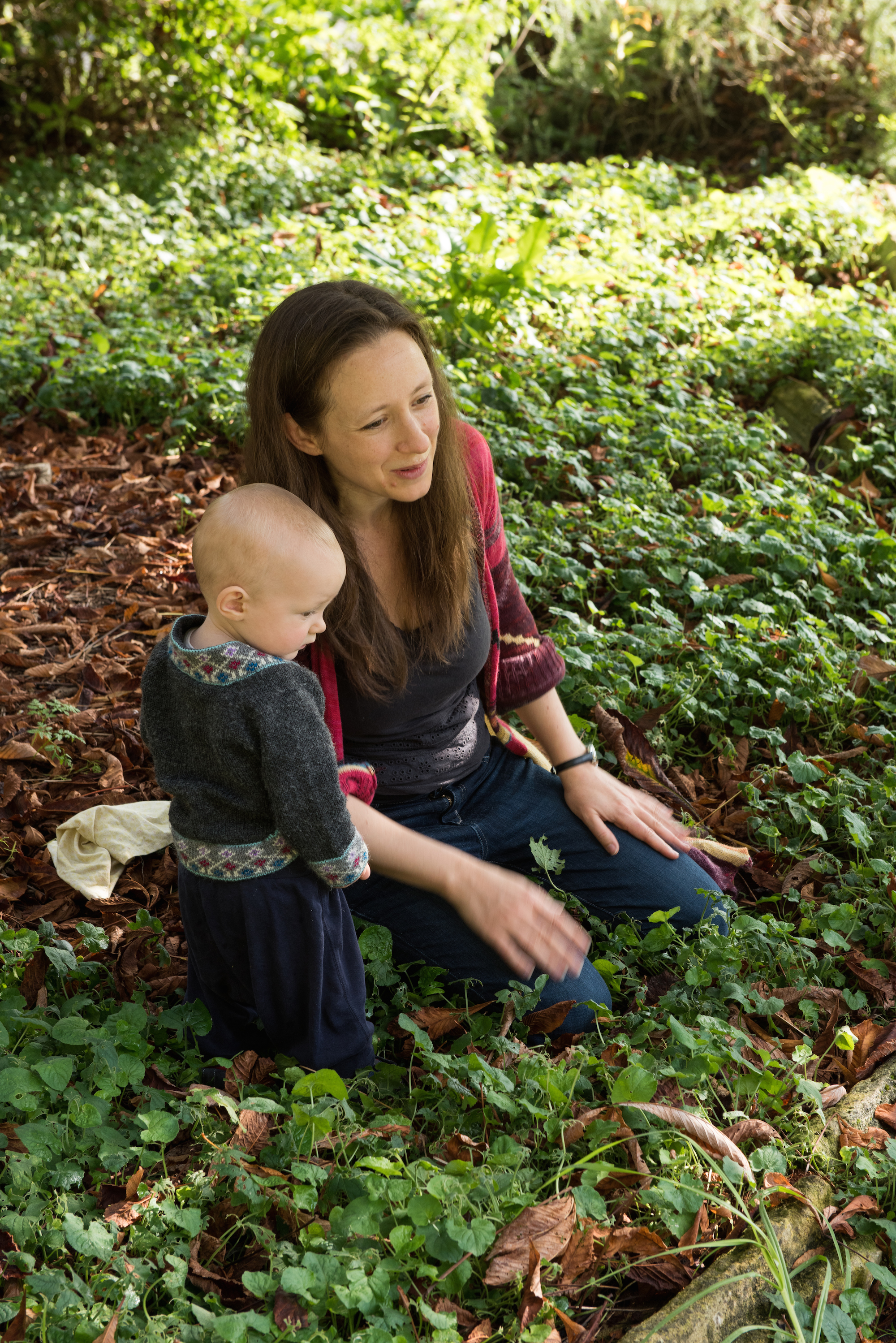There are a lot of resources out there to help us become better parents. Blogs, books, podcasts… In my own parenting journey, they’ve been valuable. They’ve helped me learn to foster positive sibling relationships. To hold space for my toddlers’ strong emotions. They’ve reminded me to practice self-care. When things are challenging with my children, they’ve helped me feel less alone.
Many parenting websites seem to focus mostly on the level of just helping parents get through the day. I get it. When it comes to raising children, just getting through the day can be hard enough! I’m thinking about the morning push to get out of the house… Dressing, toothbrushing, packing snacks, finding the wayward shoe under the couch, making it to the potty, forgetting someone’s stuffed animal, going back for it… Sometimes when we finally make it out to the car, I cheer out loud. We did it! Bonus points if everyone has a clean shirt on, myself included.
But in my reflective moments, lying in bed at night nursing my little one, or watching my children play, I hear my deeper needs. I feel how important it is to me to create a family culture that does more than just get us through the day. One that meets our soul needs, as well as our physical ones. I want our family culture to help bring out the best in us– to support us in developing courage, resilience, creativity, and love.
My mama friends and I talk a lot about this. I think what we’re really talking about is nurturing the spiritual life of children. By spiritual, I don’t necessarily mean belief in God, though for some of us, belief may be part of it. I’m really using the term “spiritual” more broadly, to encompass questions like:
- What is the nature of our belonging– to each other, and to the more than human world?
- To what / whom are we responsible?
- Where do we get our strength?
As someone who loves learning about the world’s spiritual traditions, I’ve thought a lot about these questions. But now that I’m a parent, they feel more pressing than ever.
Wendy Rose, a Hopi-Miwok poet says that amongst her people, there’s a saying that’s the worst insult you can say to a person. “You act like you have no relatives.” Our right relationship to the earth, Hopi belief holds, is one that sees human beings living in balance with other creatures, all sacred parts of a larger sacred whole. When you think about this, and really live into it, you can imagine how it might feel to act from this place– with a sense of your own sacredness, and also the sacredness that surrounds you. Here, humans are not greater than, or even separate from, the natural world. Nature is not outside us. It’s in us. We are of it. There is no outside.
You can imagine how this view would promote a very deep sense of stewardship. With belonging comes responsibility.
Today, I want to offer four ways to nurture your child’s sense of belonging in nature, in a way that will help them get in touch with nature’s sacredness, and their own.
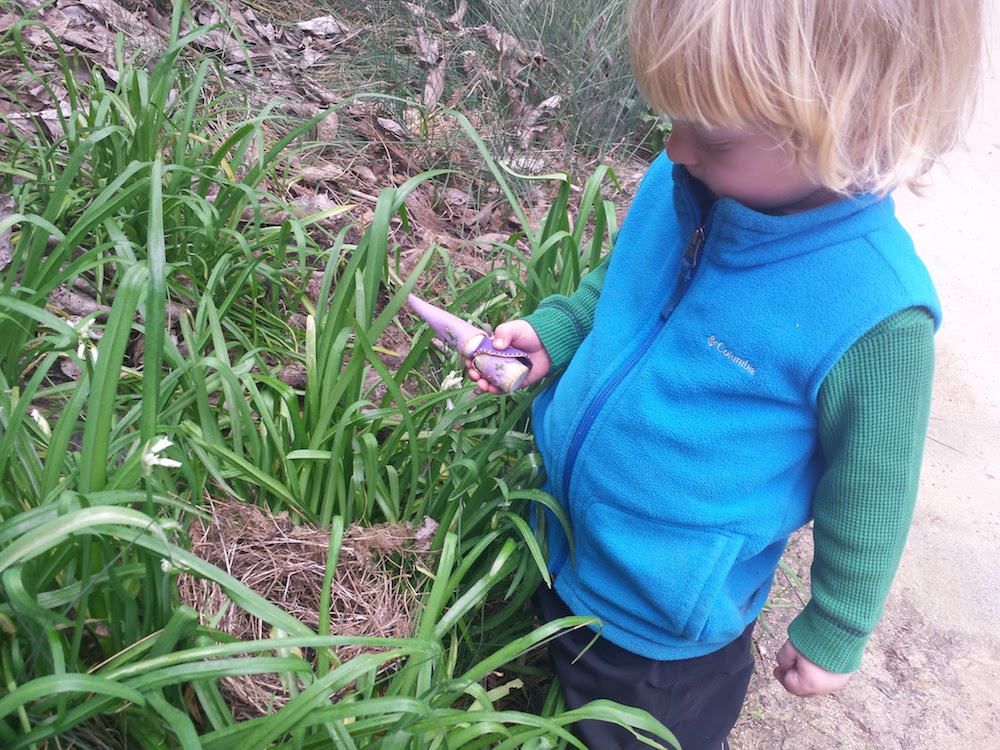
1. Nurture A Sense of Place
Choose a natural place to visit with your child. Look for somewhere you can get your hands dirty– where your child can climb, dig, get wet, move things around. If you choose a garden, make sure it’s a place that’s child friendly. Botanical Gardens, while beautiful, often have rules that prohibit the kind of play children most need. Look for a place where you and your child can sit under a tree, climb on the rocks, and gather natural treasures.
Visit this same place regularly. Go once a week. If you’re home with your young child, you might even go twice a week. Three times, even. You want to get to know this place over time, to see it in all its seasons and moods.
As you spend time there, you may start to notice ways to tend the place. You start to bring along a plastic bag along to pick up trash. You notice a small plant whose leaves are in shadow, and you start clearing the plants around it to give it room to breathe.
The place starts to take care of you too. You see blackberries growing, and you taste a few. The next week it’s nasturtiums, your child pretending to be a hummingbird as he sips from a blossom. Soon, you find yourself waiting, anticipating with delight what new things you’ll find in the woods on this visit.
2. Let Your Child Play
Establishing a relationship with a place is a multi-sensory process. Nowhere is this more evident than with little ones. Put your little one down and watch her explore. Your baby will hold things, stack things, smell things, put things in her mouth, clamber and climb. At around two and a half, you may start seeing the beginnings of imaginative play. You don’t need to bring toys. Anything can be anything, and never more so than in nature.
My three-year-old son liked to set up a sewing shop, and delighted in “sewing” scarves and other garments out of fallen leaves, using a twig for a needle.
Imaginative play is the absolute best use of your child’s time in early childhood. Free play develops imagination, creativity, resilience, social skills, collaboration, self-sufficiency, and so many other valuable qualities that contribute to a healthy sense of self in relation to others.
To help children play, give them some space to be autonomous. Hold a space of loving presence for them, but try not to get overly involved, praise them, or otherwise direct their experience. It can be helpful to sit nearby with a project of your own. Choose something low-tech like knitting, sewing, or food prep. Something that allows you to remain present with your child. Something you could do while chatting quietly with a friend.
Your warm, not overly-engaged attention helps create the space for your child to make his own discoveries, and learn from his own mistakes. Be loving and available. Offer a lap when needed. But also give him enough space that he can feel supported by all that exists beyond you and your love– the environment around him, the ground beneath him, and his own developing inner sense.
3. Story the Earth
When you spend a lot of time in a natural place, its trees, stones and paths soon become familiar. One way to strengthen your relationship to these things is to name them.
When I first worked in a Waldorf kindergarten, there was a stately old oak tree in the park where we spent recess. We called it the Grandmother Tree. Like a grandmother, the tree watched over the children. When a little one wanted to climb up, her lap was always ready, and she was seldom without a small child cradled in her branches.
In Waldorf early childhood education, teachers name a lot of things. Lady Fall. King Winter. Father Sun. It can sound funny if you’re not used to it, but these names aren’t intended to be cute or quaint. Rather, they acknowledge an important dimension of life, one that we as adults may have lost touch with. When we call on the power of naming, we come to know our world in a new way. We start to feel the meaning in things beyond outside appearances.
Children are already there– watch how your child’s eyes light up when you tell her a story about the Grandmother Tree she knows and loves. “One day a child climbed too high, and couldn’t get down. But Grandmother tree knew what to do. She called the animals, who helped the girl get down. With bear and rabbit, she sat at the base of Grandmother tree and had their picnic. And what a fine meal it was.” A simple story like this nurtures your child’s relationship to the earth in a way no other medium can do, because it meets children where they’re at– in a place of imagination. Through engaging our children’s imagination, we cultivate wonder, and wonder is the spiritual currency of childhood.
When we do this, we also nurture the sensibility in our children that leads to stewardship. We can nurture stewardship by establishing relationships that help us see things as more than just mere things- to see them as beings with their own sovereignty, their own power to bless.
To me, this is also the deep work of parenting. To see my children past the veil of my projections. To see them as they are– my children, and not my children. Children of the universe. Runny nosed, maybe with ketchup on their ear from breakfast. Crying, laughing, playing.
Perfect as they are.
4. Sing
And last but not least, sing.
You can sing songs you know, or just make them up. Try connecting songs with places. Choose a stump-jumping song. Hum a tune when you cross the river.
My children and I eventually had a song for every path in the garden, and to this day, I cannot walk through the garden without humming the songs.
A song is like a ritual in a bottle. You have only to open your mouth to channel something precious. Something wise. Something that will bring you together in a space of meaning. To sing together can bring joy. You might even find it gives you that little extra boost of strength you need to get through the day.
If you enjoyed this post, here are a few ways to go deeper:
Wherever you live, you can download our latest musical release for families. It’s free / pay what you want.
If you’re in the SF Bay Area, join us in person for:

